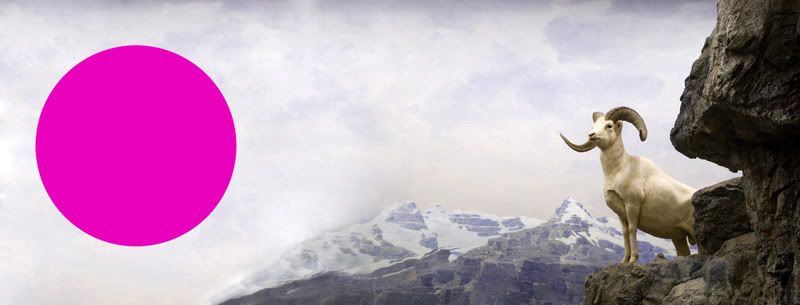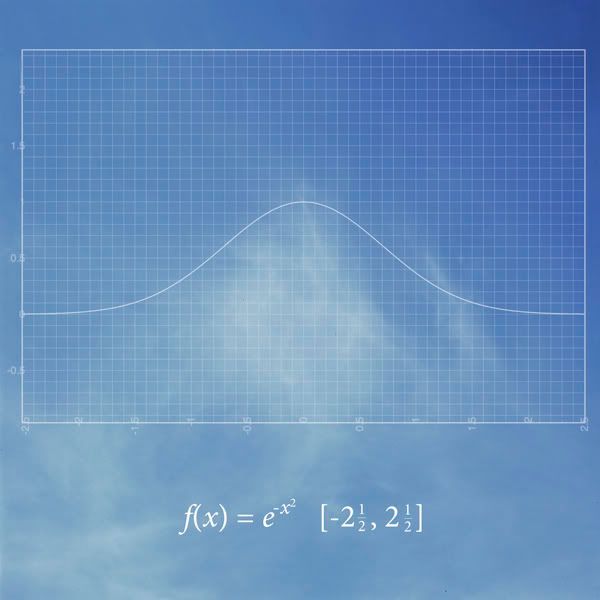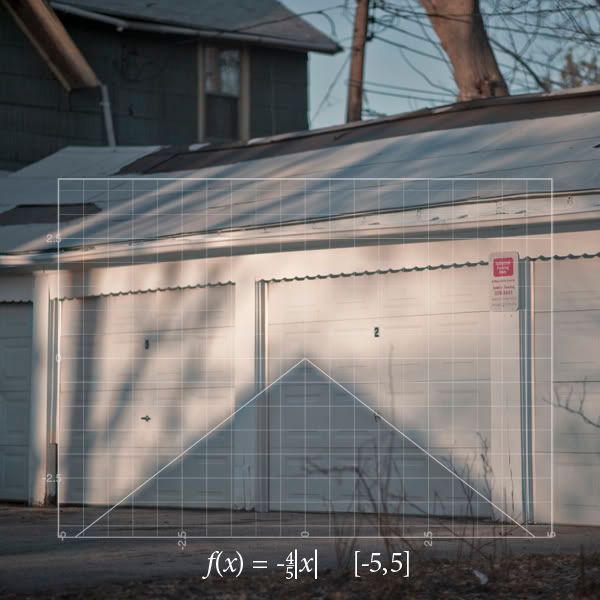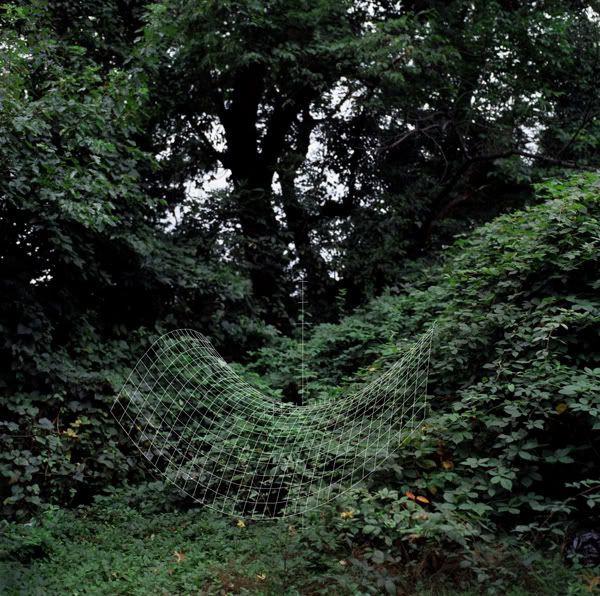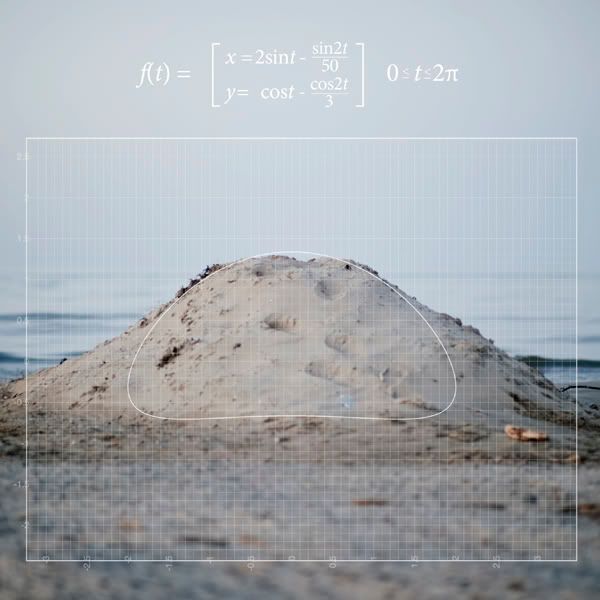The Anachronism (Full Film) from Anachronism Pictures on Vimeo.
The entire, award-winning, steampunk short film The Anachronism by Matthew Gordon Long has been released on vimeo. It has intrepid Victorian, amateur-biologist children, printmaking specimens and discovering a ship-wrecked robotic squid submarine, which are pretty much a list of my favorite things, in a setting I recognized instantly as Canada's west coast, my former home. What little I caught of the Japanese was disconcerting. The story telling is perfect, right down to the things left untold.
From the film's website
On a sun dappled summer day a science expedition propels two children toward an enigmatic encounter at the edge of their known world. Arriving on an isolated beach, they stumble upon the shipwreck of a robotic squid submarine. The secret it holds within changes their lives forever.
The Anachronism is a Steampunk science-fiction short set in the late nineteenth century. Unfolding with the simplicity of a children's storybook, this lush journey through the landscapes of Canada's West Coast draws inspiration from a whimsical juxtaposition of Pacific Rim cultural references to elaborate an elegant meditation on the courage of curiosity and the haunting effect of childhood trauma. In 2009 the film won six Leo Awards including Best Short Drama.
(via bioephemera)






